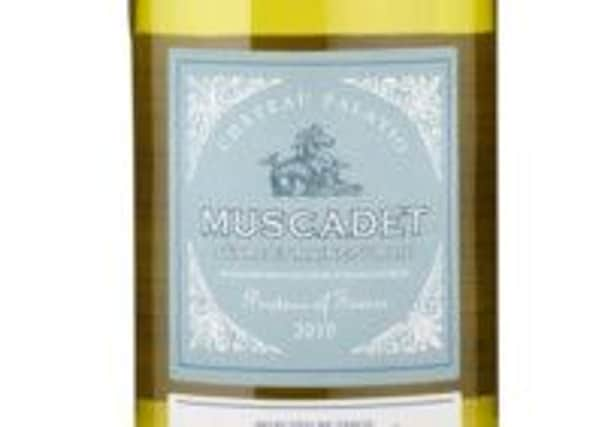Wine: Jura on the rise in eastern France


To answer those questions, I dropped into a gathering of 20 or so Jura growers who were visiting the UK. It is hard not to take preconceptions to tastings like that. Certainly, Jura immediately bring two very distinct wines to mind. One is the dessert vin de paille (using grapes that traditionally were dried on straw mats); the other is their vin jaune – literally “yellow wine”. This has aged for at least six years before being bottled and, some say, represents France’s answer to Jerez because, like sherry, it also develops under a layer of yeast.
These, I expected, would be the centre point of the tasting along – possibly – with Cremant du Jura. This “traditional method” sparkling wine has become familiar partly thanks to the excellent 100 per cent chardonnay entry-point version Aldi sells – 2011 Philippe Michel Cremant Du Jura (£7.29).
Advertisement
Hide AdAdvertisement
Hide AdIndeed, I did find some even more sophisticated fizz in the form of Cremant du Jura 2012 Domaine Berthet-Bondet (£17.95 at Roberson – www.robersonwine.com). Here the local white grape savagnin is blended with chardonnay to create a delightfully smooth version with peppy acidity to underpin its crunchy apple bite.
The real revelations, however, came from elsewhere – starting, surprisingly, with the local red grape varieties, trousseau and ploussard. These unusual varietals appeal to American drinkers looking for niche products and I can see why. Remember too that US expectations about the region will not be influenced by connecting Jura and vin jaune. The distinctive 62 centilitre bottles in which that wine is shipped cannot be imported into the United States – with, for once, Washington not Brussels being the villain of the piece.
Of the wines that can go Stateside, 2011 Arbois Pupillin Trousseau Le Ginglet Philippe Bornard (£24.99 at Roberson) caught my eye, with its cherry, raspberry and mint flavours, and its intriguing textured-mouth feel. Also showing off its red cherry flavours was the keenly priced 2011 Ploussard (£9 at Hughes Beguet Wines – www.hb-wines.co.uk) – also from the Arbois area – which was light and smooth, with gentle acidity, mellow fruit and very soft tannins.
Turning to the whites, the savagnin grape was showing well. The 2009 Arbois Savagnin, Stéphane Tissot (£23 at The Wine Society) is a young wine, but is already rich and mellow, with clean lemon and biscuit flavours.
Classic chardonnay isn’t being neglected either, with the 2012 Badoz Arrogance (£19.80 at The Sampler – www.thesampler.co.uk) combining peach and apple flavours to provide depth and acidity, all embellished with vanilla notes and a herby edge.
Biodynamic techniques (that try to follow the 1924 rules laid out by Rudolf Steiner) have also been adopted by producers in Jura. To find wine by one of the region’s acclaimed exponents of those principles – Domaine Pignier – call into their Scottish stockists (and enthusiasts for natural wine), Raeburn Wines in Edinburgh.
Jura, then, offers interesting and unusual wine out of all proportion to the region’s small size and it is good to see those bottles enjoying a day in the sun among wine lovers.
BRIAN’S BEST BUYS
2013 Gerard Bertrand Gris Blanc, Languedoc, France, 13 per cent
Advertisement
Hide AdAdvertisement
Hide AdAlmost too pale to be called a rosé, here grenache (noir and gris) deliver a beautifully light and fresh glassful so typical of southern France. After a perfumed opening, its strawberry and currant fruit kicks in to provide rosé for grown ups – gentle, dry and with a food-friendly, savoury edge.
• £10.49 at Inverarity One to One, Glasgow
2013 Finest* Chateau Palatio Muscadet Sevre et Maine Sur Lie, Loire Valley, France, 11 per cent
After eons in the wilderness, muscadet is trendy again and this nicely balanced version illustrates exactly why. Skilfully judged acidity gives freshness to the wine’s soft, apple-based fruit, but the six months spent on the “lees” provides that characteristic depth and substance.
• £7.69 at Tesco